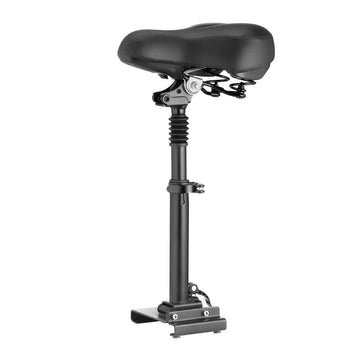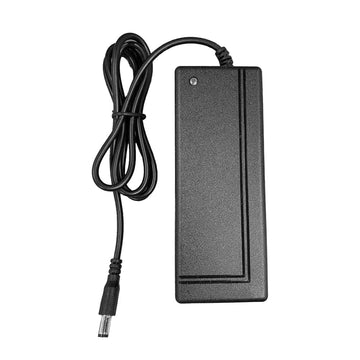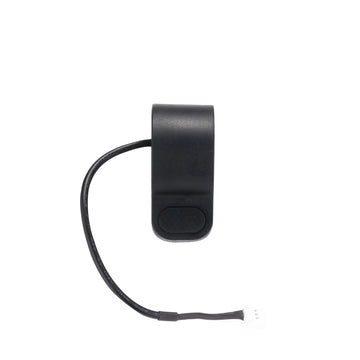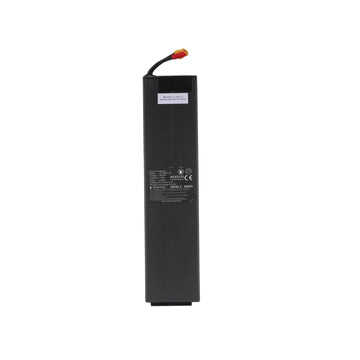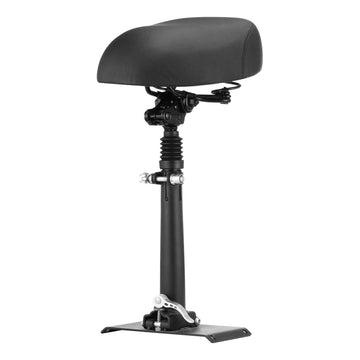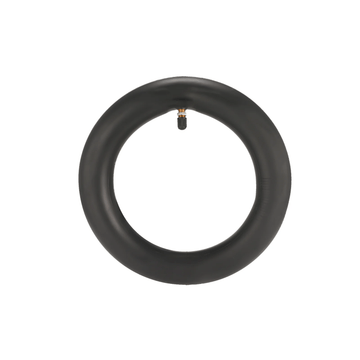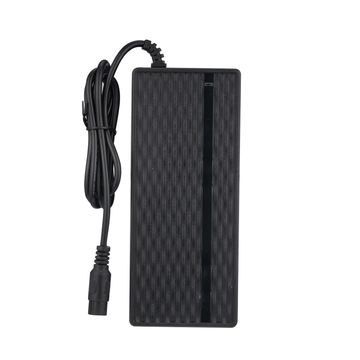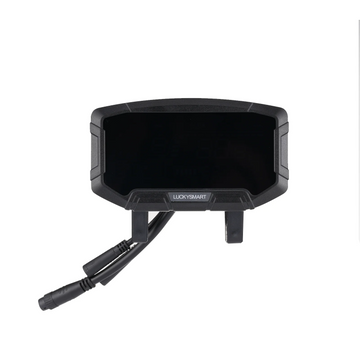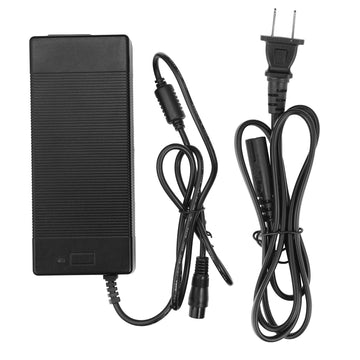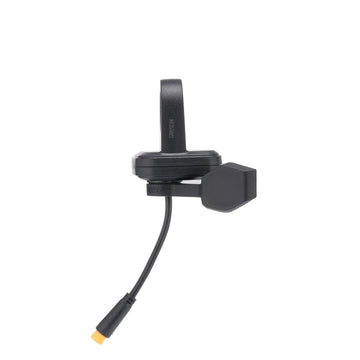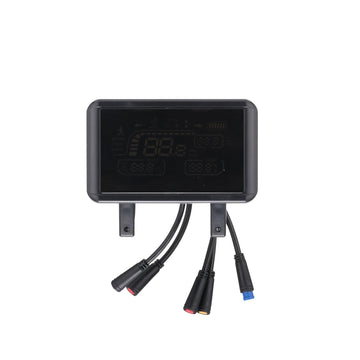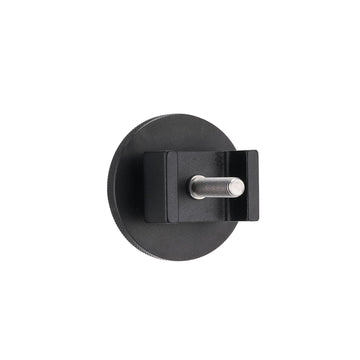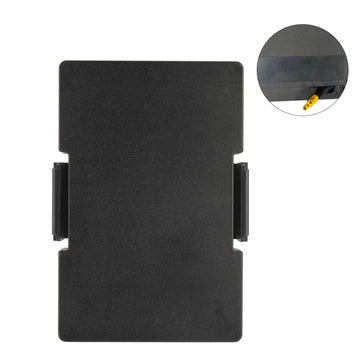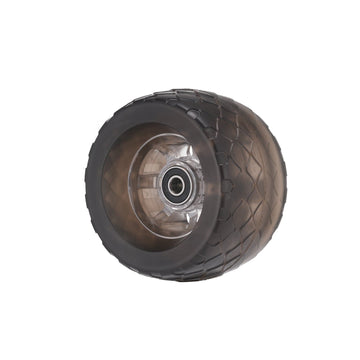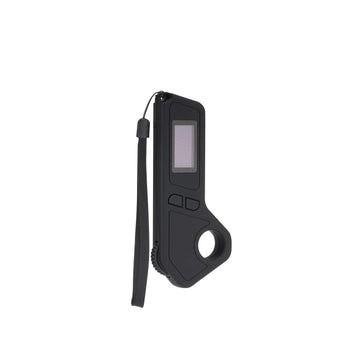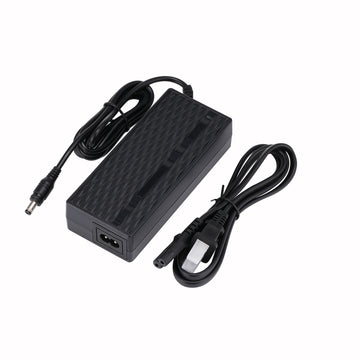
Getting your balance game on point is key to making your electric scooter rides smooth and chill.
Want to learn how to balance on an electric scooter? Our tips and tricks will have you gliding like a pro in no time. Let's dive into some techniques that'll help you stay steady and cruise in style.
No stress if city streets or park paths are your playground—you've got this. We're laying down all the balance basics, from perfecting your stance to acing those turns. So, let's gear up and get ready to roll out. It's time to turn heads with your super slick electric scooter skills. Keep it tuned right here for the real scoop on balancing like a boss.
Getting Started With Your Electric Scooter
If you're new to electric scooters, getting started can be a bit intimidating. But with the right guidance, you'll be balancing on your scooter in no time. In this section, we'll cover the basics of getting started with your electric scooter, including choosing the right scooter, understanding the basics of balance, and the safety gear essentials you'll need.
Choosing the Right Electric Scooter
When buying an electric scooter, make sure you're getting a scooter that is safe and reliable. Look for a reputable brand that has good reviews and a solid reputation. You'll also want to consider the price, as electric scooters can range from a few hundred to a few thousand dollars.
Another important factor to consider is the features and specifications of the scooter. Look for a scooter that has a good battery life, a high weight capacity, and a top speed that meets your needs. You'll also want to consider the size and weight of the scooter, as well as any additional features like headlights or a built-in lock.
Understanding the Basics of Balance
Balancing on an electric scooter can be tricky at first, but with practice, you'll get the hang of it. The key is to keep your body centered and your weight evenly distributed. Use your core muscles to help maintain balance, and hold the handlebars lightly to manage your balance.
When getting started, it's important to start slow and steady. Begin with both feet on the ground, and place your dominant foot on the scooter deck while keeping your other foot on the ground to provide support and maintain stability. Gently push off with your supporting foot once you feel comfortable and secure on the scooter. Keep your knees slightly bent and your weight centered over the scooter to maintain balance.
Safety Gear Essentials
Safety should always be a top priority when riding an electric scooter. The most important piece of safety gear is a helmet, which can protect your head in the event of an accident. You should also consider wearing knee pads and elbow pads to protect your joints in case of a fall.
When choosing safety gear, look for gear that is designed specifically for electric scooter riders. This gear will often have features like reflective materials or extra padding to provide additional protection. Make sure your safety gear fits properly and is comfortable to wear, as you'll be more likely to wear it consistently if it feels good.
Fundamentals of Riding
Mounting and Dismounting
Before you start riding your electric scooter, you need to learn how to mount and dismount it safely. To mount the scooter, start by standing beside it with both feet on the ground. Next, place your dominant foot on the scooter deck while keeping your other foot on the ground to provide support and maintain stability. Once you feel comfortable and secure on the scooter, gently push off with your supporting foot and start riding.
To dismount the scooter, slow down and bring it to a complete stop. Then, step off the scooter with your non-dominant foot first and then your dominant foot. Remember to always dismount the scooter in a safe and controlled manner.
Weight Distribution and Control
Balancing on an electric scooter requires proper weight distribution and control. You should always keep your weight centered over the scooter and your feet shoulder-width apart. Engage your core muscles to help maintain balance and counteract any wobbling from your scooter. You can also use your arms to manage your balance, but avoid gripping the handlebars too tightly as this can negatively affect your balance and control.
The Role of the Handlebars
The handlebars of your electric scooter play an important role in your balance and control. Hold the handlebars lightly and keep your arms relaxed. Use the handlebars to steer the scooter and maintain your balance, but avoid oversteering as this can cause you to lose control.
How To Balance on an Electric Scooter
When riding an electric scooter, mastering balance and steering is crucial for a safe and enjoyable ride. In this section, we will explore some techniques and tips to help you maintain balance and control while maneuvering your electric scooter.
Turning Techniques
When turning on an electric scooter, be gentle with the steering. Sudden and sharp moves can cause you to lose balance and control of the scooter. Instead, try to make gradual turns by leaning your body in the direction you want to go. This will help you maintain balance and stability while turning.
Another important aspect of turning on an electric scooter is to pay attention to your surroundings. Always be aware of other riders, pedestrians, and obstacles in your path. Slow down when approaching corners and intersections, and be prepared to stop if necessary.
Maintaining Balance While in Motion
Maintaining balance while in motion is perhaps the most important aspect of riding an electric scooter. To maintain balance, keep your feet firmly planted on the scooter deck and your body centered over the wheels. This will help you maintain equilibrium and stability while riding.
Another key to maintaining balance while in motion is to be flexible. Keep your knees slightly bent and your body relaxed. This will help you absorb any bumps or vibrations in the road, and maintain your balance while riding.
Navigating Different Surfaces
Electric scooters are designed to be ridden on a variety of surfaces, from smooth pavement to rough terrain. However, different surfaces can pose different challenges when it comes to maintaining balance and control.
When riding on smooth pavement, make sure to maintain a steady speed and avoid sudden stops or turns. This will help you maintain balance and control while riding. When riding on rough terrain, such as gravel or dirt, make sure to slow down and maintain a steady pace. This will help you navigate the terrain safely and maintain your balance while riding.
In addition, make sure to pay attention to the tires on your electric scooter. Make sure they are properly inflated and in good condition, as this can affect your balance and stability while riding.
Effective Braking and Speed Control

Using the Brakes Properly
When it comes to electric scooter riding, effective braking is crucial for your safety. Most electric scooters have either rear brakes or both front and rear brakes. It is important to use the brakes properly to avoid any accidents.
To use the brakes properly, apply them slowly and gradually. Sudden or harsh braking can cause the scooter to skid or lose balance, which can lead to injuries. You should also avoid using only the front brakes at high speeds, as this can increase the risk of tipping over and injury. Scooters with multiple brake systems offer "brake redundancy" for added safety.
Regulating Speed with the Throttle
Regulating speed with the throttle is another important aspect of electric scooter riding. The throttle is typically located on the right handlebar and is used to control the speed of the scooter. To accelerate, simply twist the throttle towards you. To slow down or stop, release the throttle or twist it away from you.
It is important to regulate your speed according to the speed limit and traffic conditions. Going too fast can be dangerous, especially in crowded areas or on uneven terrain. Always keep an eye on your speedometer and adjust your speed accordingly.
Practice Techniques for Safer Stops
Practicing techniques for safer stops can help you improve your braking and speed control skills. One effective technique is to use your foot to slow down or stop the scooter. To do this, simply place your foot on the ground and apply pressure to slow down or stop the scooter. This can be especially useful in emergency situations or when the brakes fail.
Another technique is to practice braking and stopping on a flat, open area. Start by riding at a slow speed and gradually increase your speed. When you are ready to stop, apply the brakes slowly and gradually until you come to a complete stop. Repeat this process several times until you feel comfortable with your braking and speed control skills.
Maintenance and Advanced Tips
Caring for Your Electric Scooter
Taking care of your electric scooter is crucial to ensure its longevity and optimal performance. Regular maintenance will help you avoid costly repairs and keep your scooter running smoothly. Here are a few tips to help you care for your electric scooter:
-
Keep it clean: Regularly clean your scooter with a damp cloth to remove any dirt or debris that may have accumulated on it. Avoid using harsh chemicals or abrasive cleaners that can damage the scooter's finish.
-
Check the tires: Check the air pressure in your scooter's tires regularly. Underinflated tires can affect your scooter's performance and reduce its battery life.
-
Tighten bolts and screws: Check all the bolts and screws on your scooter and tighten them if necessary. Loose bolts and screws can cause your scooter to rattle or vibrate, affecting its performance.
Improving Performance and Battery Life
Improving your electric scooter's performance and battery life can help you get the most out of your ride. Here are a few tips to help you improve your scooter's performance and battery life:
-
Charge your battery properly: Charge your battery fully before using your scooter. Avoid overcharging or undercharging your battery, as this can damage the battery and reduce its lifespan.
-
Use an intelligent battery management system (BMS): An intelligent BMS can help you monitor your battery's performance and optimize its charging and discharging cycles, improving its lifespan and performance.
-
Avoid extreme temperatures: Keep your scooter away from extreme temperatures, as this can affect its battery life and performance.
Learning Advanced Riding Techniques
Once you have mastered the basics of riding an electric scooter, you may want to learn some advanced riding techniques to improve your control and balance. Here are a few tips to help you learn advanced riding techniques:
-
Experiment with different foot positions: Try different foot positions and weight distributions to find the most comfortable and stable position for you.
-
Practice one-foot riding: Once you are comfortable with riding your scooter, try riding with one foot to improve your balance and control.
- Learn some tricks: Once you have mastered the basics, you may want to learn some tricks like bunny hops or wheelies. However, make sure you are fully comfortable with your scooter's operation before attempting any tricks.
Wrap Up
Now that you've got the lowdown on balancing like a pro, you're all set to hit the pavement with newfound swagger on your electric scooter. Just remember that like any rad skill, balance takes practice. So keep at it, stay focused, and soon you'll be scooting with the best of them, soaking up those smooth rides.
Feeling pumped to put these tips to the test or thinking about upgrading to a new set of wheels? Cruise on over to our adult electric scooters collection and check out our sweet lineup. Whether you're scouting for speed or comfort, there's a scooter with your name on it, ready to roll. See you on the streets!
Frequently Asked Questions on How To Balance on an Electric Scooter
How to balance yourself on an electric scooter?
Balancing yourself on an electric scooter requires proper posture and control. Keep your feet shoulder-width apart and your knees slightly bent. Use your core muscles to maintain balance and hold the handlebars lightly. Avoid gripping the handlebars too tightly, as this can negatively affect your balance and control. Practice in a safe and open area until you feel comfortable with your balance.
Why can't I balance on an electric scooter?
There could be several reasons why you are having difficulty balancing on an electric scooter. It could be due to improper posture, lack of core strength, or unfamiliarity with the scooter. Ensure that you are standing with your feet shoulder-width apart, knees slightly bent, and using your core muscles to maintain balance. Practice in a safe and open area until you feel comfortable with your balance.
What is the correct stance on an electric scooter?
The correct stance on an electric scooter involves keeping your feet shoulder-width apart, knees slightly bent, and your core engaged. Hold the handlebars lightly and avoid gripping them too tightly. Keep your weight centered over the scooter and avoid leaning too far forward or backward.
How do you position your feet on an electric scooter?
Position your dominant foot on the deck of the scooter, keeping it near the center. The other foot should be placed behind, leaving a comfortable space between both feet. Keep your feet parallel to each other and your weight centered over the scooter.
Does electric scooter count as exercise?
Riding an electric scooter can be a form of exercise, depending on the intensity and duration of the ride. It can help improve balance, coordination, and cardiovascular health. However, it is important to note that riding an electric scooter should not be the sole form of exercise and should be complemented with other physical activities.
Are electric scooters self-balancing?
No, electric scooters are not self-balancing. The rider needs to have proper posture, control, and balance to operate them safely. You should practice in a safe and open area until you feel comfortable with your balance.
























